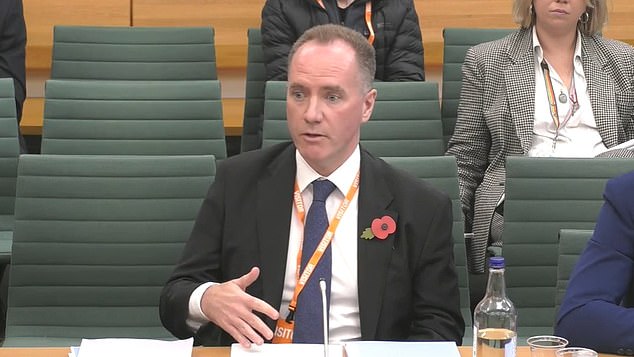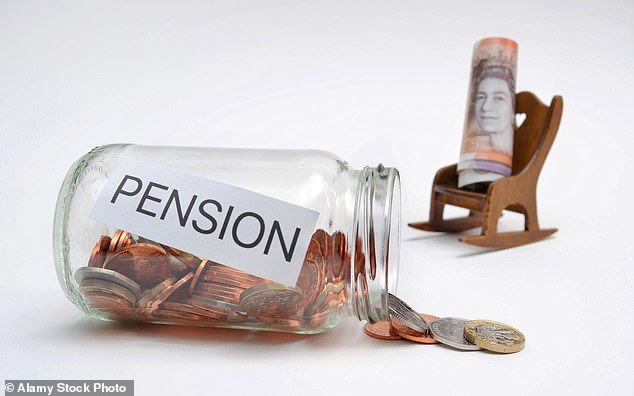Britain’s state pension triple lock is set to cost three times as much as originally expected by the end of the decade as the ageing population piles further pressure on public finances.
Figures from the Office for Budget Responsibility show the policy – which sets the level of increases in state pension – is expected to cost £15.5billion annually by the 2029/30 financial year.
That is almost three times the projected cost of £5.2billion a year when it was first introduced in 2012.
The triple lock protects pensioners by setting the annual rise in the payment at 2.5 per cent, the rate of inflation or the rate of wage growth – whichever is the highest. The 2012 forecast failed to predict how unstable inflation would be in the coming years.
The pledge looks set to add to the ballooning cost of paying the state pension, which currently stands at £138billion or 5 per cent of the size of the economy.
The OBR projects that the bill will rise to 7.7 per cent by the 2070s, with more than half of the increase accounted for by the triple lock.
It seems likely that it will add to the concerns that the policy is costing too much – though any move to axe it would be likely to prove politically toxic.
OBR chairman Richard Hughes said the triple lock was ‘one of a series of age-related pressures that pushes upward on public spending steadily over a number of years’.

OBR chairman Richard Hughes said the triple lock was ‘one of a series of age-related pressures that pushes upward on public spending steadily over a number of years’

Figures from the Office for Budget Responsibility show the policy – which sets the level of increases in state pension – is expected to cost £15.5billion annually by the 2029/30 financial year

That is almost three times the projected cost of £5.2billion a year when it was first introduced in 2012
Combined increases in health and pension spending were helping to steer the public finances to an ‘unsustainable position’, he added.
Mr Hughes said of the triple lock: ‘When it was designed, we had one understanding of how volatile the outlook for inflation and earnings was going to be.
‘As we’ve all experienced in the last few years, inflation and earnings have turned out to be much more volatile. We’ve seen double-digit inflation in the UK which was not envisaged when the triple lock was introduced.
‘That contributes around a half of the extra cost of pensions going forward – it’s not just demographic changes, not just the ageing society.’











